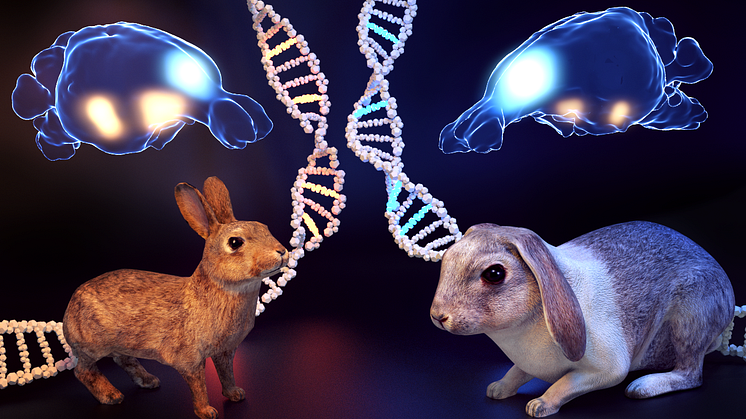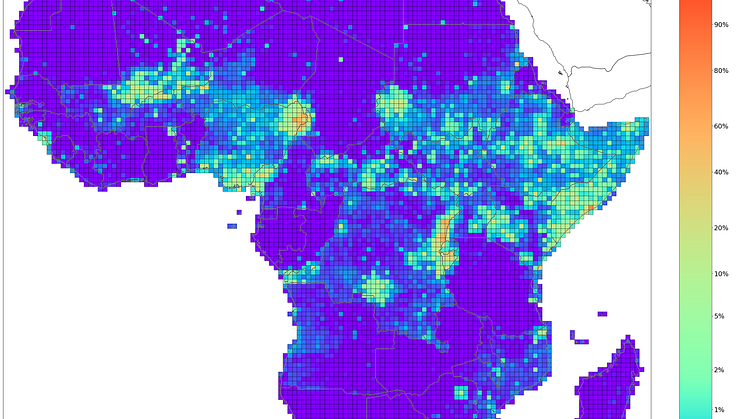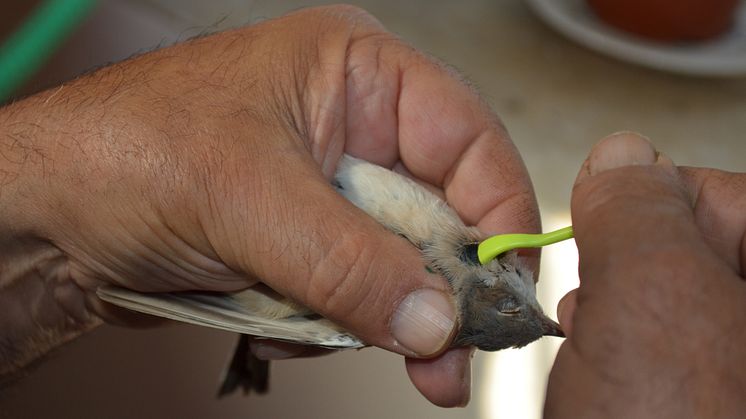Striking differences in brain morphology between wild and domestic rabbits
The most characteristic feature of domestic animals is their tame behaviour. A team of scientists has now used high-resolution magnetic resonance imaging (MRI) to study how domestication has affected brain morphology in domestic rabbits. The results show that domestication has had a profound effect on brain morphology in particular regions of the brain involved in fear processing.



